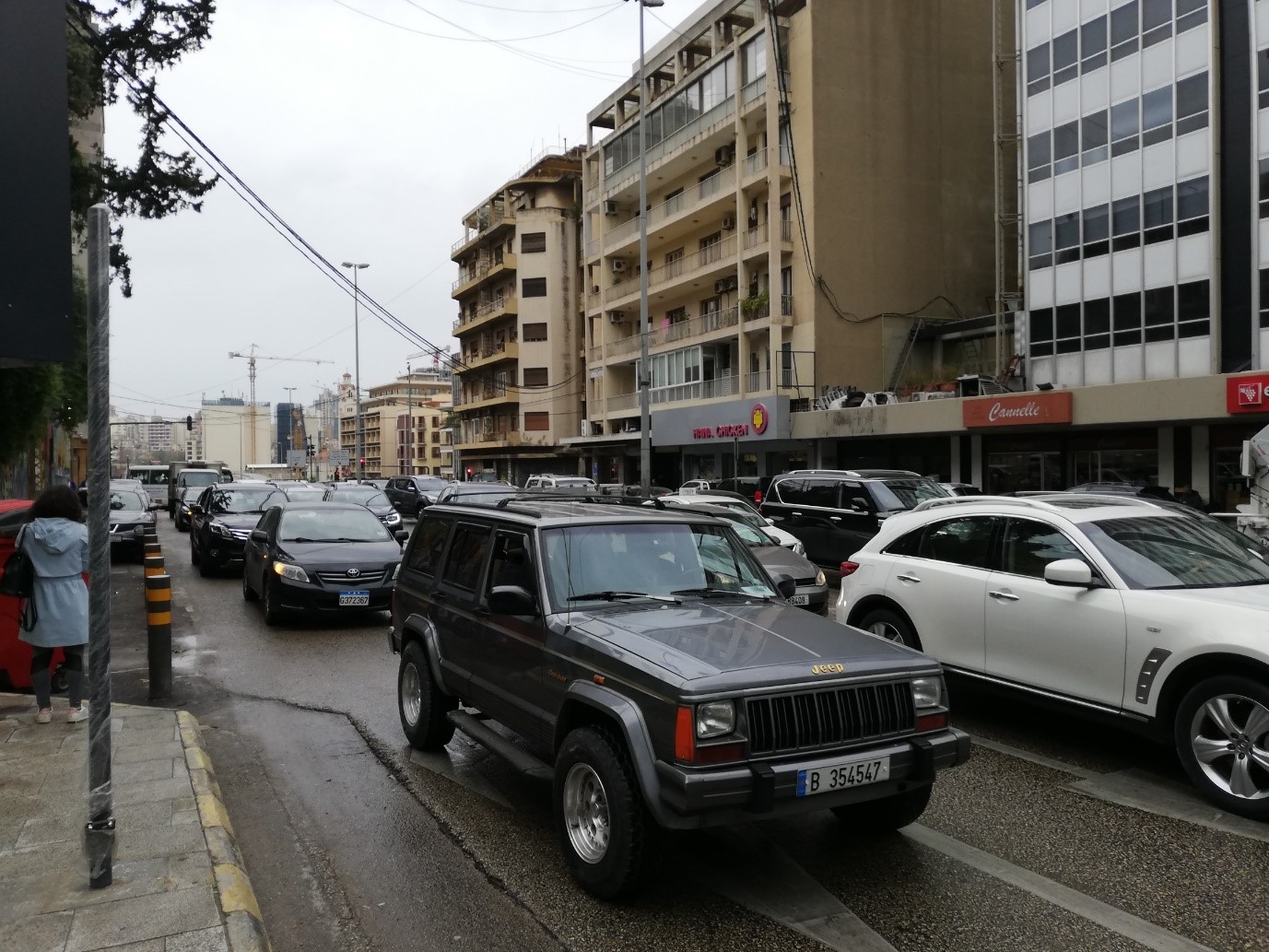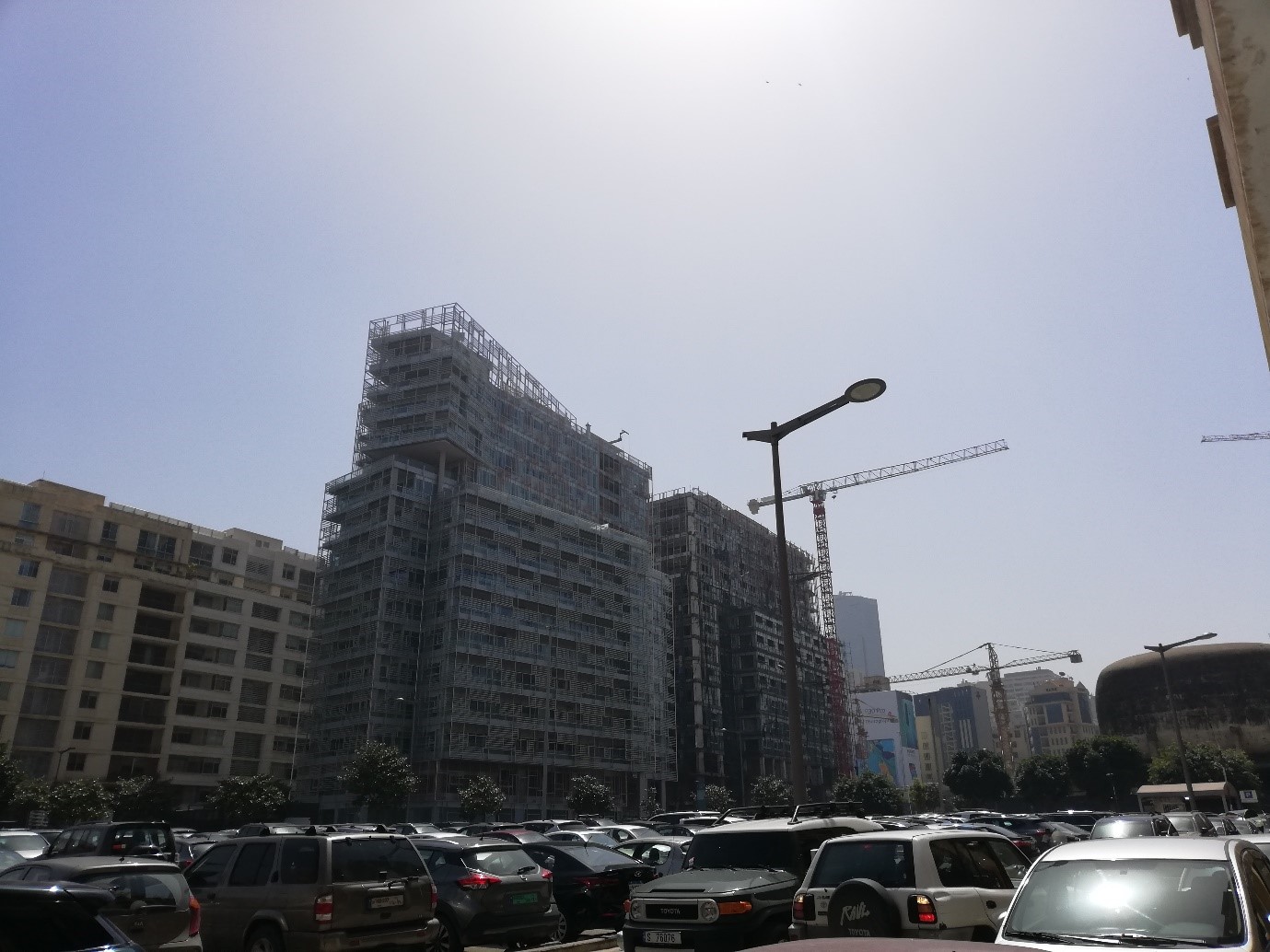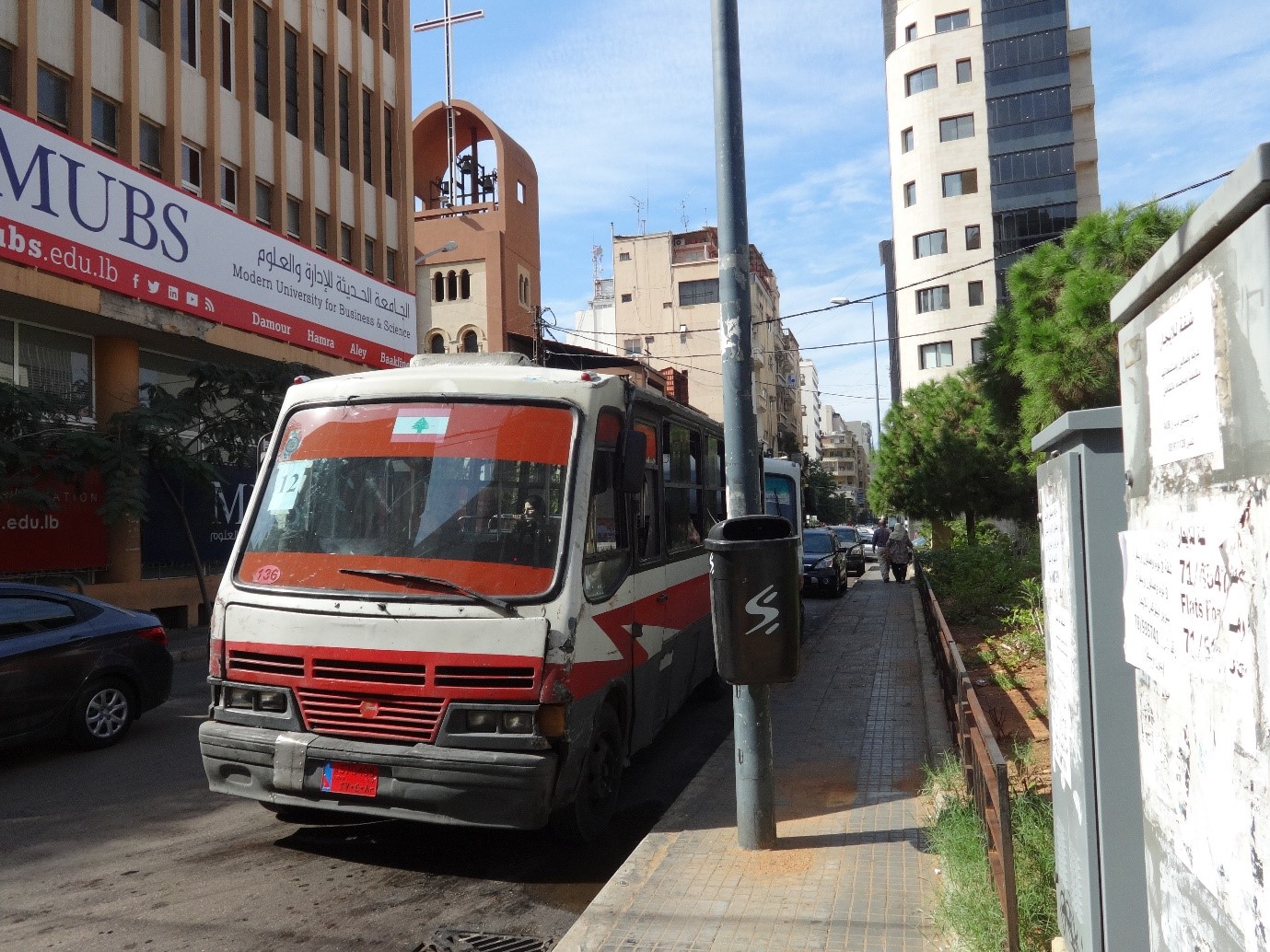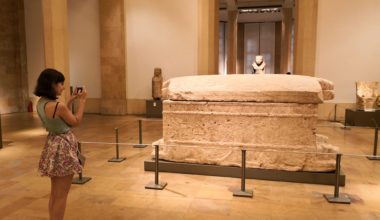
By Dr Alice Stefanelli, CBRL Travel Grant recipient and lecturer at Durham University.
When we think of modernity, we automatically connect it with speed: the speed of news and telecommunication, of global finance, of travelling around the globe. In the 20th century, the car came to epitomise this view of modernity, incapsulating freedom, independence, social status. In Lebanon, the spread of cars made the country feel small and easy to navigate: in the 1950s, it was possible to say that one could ski in the morning and bathe in the Mediterranean in the same day. In time, pre-existing trains and tramways were dismantled, and today all traveling is done by motorised vehicle, whether private or public.
Yet the apparent freedom the automobile brought in the 1950s, today seems a thing of a distant past. In the long term, this “modern” mobility has paralysed inhabitants, instead of making them more mobile. Anyone who has ever visited or lived in Beirut knows that the entire metropolitan area is beset by congestion: at rush-hour, commuters spend endless hours in their cars on their way to and from work. Short distances suddenly feel endless. Workplaces are concentrated in Beirut, so for many who live in nearby suburbs, it is impossible to avoid travelling by car – or bus – to reach their destination. Frustration runs high. “In the time it takes me to go from Beirut to Tripoli in bad traffic, I could have flown to Paris!” – a friend of mine often complains.
The issue is not simply one of congestion; intense road mobility causes great environmental pollution and is detrimental to personal and public health, especially since Beirut dramatically lacks green public spaces. The overall liveability of Beirut is at stake.

This is a problem that Beirut shares with many other densely populated urban areas across the globe. Politicians and local authorities are kept busy finding solutions such as car-free zones, congestion charges and other traffic-control devices. Turkish anthropologist Berna Yazici has remarked on how surprising it is that, given that intensive car use is a global issue, traffic has not become a major focus of sociological enquiry.
I wholeheartedly agree with her assessment; my project, enabled by a CBRL Travel award, is meant as a first step towards a sociological study on the issue. Combining interviews, ethnography and archival research, I suggest that it is time that scholars begin to radically re-examine the idea that car mobility and modernity are a “match made in heaven.” We need to show the far-reaching impact that excessive automobility has on urban life to understand what factors are contributing to exacerbate the situation/why, despite all efforts, the situation is not improving.

The long Civil War (1975-1990) is often blamed for the state of chaos that reigns over the streets. But why did the chaos continue beyond the end of the conflict?
The answer is complex – though plans from the 1990s for the reconstitution of Beirut’s transportation network shed some light on the matter. Commissioned by the Council for Development and Reconstruction, a copy of the plans is housed at the archives of the Observatoire Urbain du Proche-Orient at the mediatèque of the Institut Français du Proche-Orient. Expert advice suggested that significant structural changes were urgently needed.
Consultants suggested a comprehensive restructuring of mobility in the Greater Beirut area. Particular attention was to be given to public transport, of which, it was advised, capacity should be increased and better funded overall. These plans also worked on the assumption that the railways would be rehabilitated.
Most of the recommendations were never put into practice: in Beirut today, public transport is still lacking, and the railways remain as they were in the 1990s. Inhabitants are frustrated with the situation and are questioning why improvements cannot be made. Over the past few years, several initiatives have sprung up, intended create dialogue around the city’s transport infrastructure. For instance, groups of bike enthusiasts have been promoting cycling on social media, for both leisure and commuting, including weekly night rides across town and “Bike to work” days.

Thanks to the tireless work of local Train/Train NGO, trains are also enjoying something of a renaissance. Train/Train NGO’s main objective is to fight the loss of collective memory about the Lebanese railways. When I first met their founder in 2014, at the launch of their campaign, they told me that many Lebanese people had no idea that trains had ever existed in the country and had no faith that they could run again. After years of advocacy work, things seem to be changing. When I interviewed Train/Train’s director over coffee he told me that when they hold events now, people ask when the railways will be operative again. For many, trains would be the answer to long and stressful commuting in and out of Beirut. Politicians seem to have taken notice of this new attitude: during the last elections, many candidates’ campaigns spoke of supporting the reconstruction of the railway. Their videos and pictures are online for everyone to see.

Whether any of those politicians will keep their word and improve public transport is impossible to say. Likewise, it is impossible to predict whether people will be persuaded to travel by public transport if it is improved, especially if the distribution of jobs still forces many to commute to Beirut.
What is clear however, is that people have started to realise that when it comes to cars, “too much modernity” is not good for the quality of life in cities. In Beirut, as elsewhere, the role of public authorities is key to finding and implementing structural solutions to intensive automobility.
Alice Stefanelli obtained her PhD in Social Anthropology from the University of Manchester with a thesis on civic campaigning for the protection of green public space in Beirut. She currently lectures in political anthropology at Durham University.
The views expressed by our authors on the CBRL blog are not necessarily endorsed by CBRL, but are commended as contributing to public debate.















